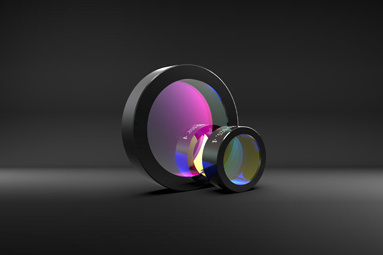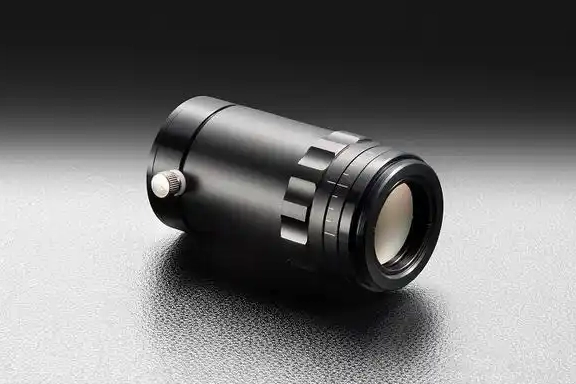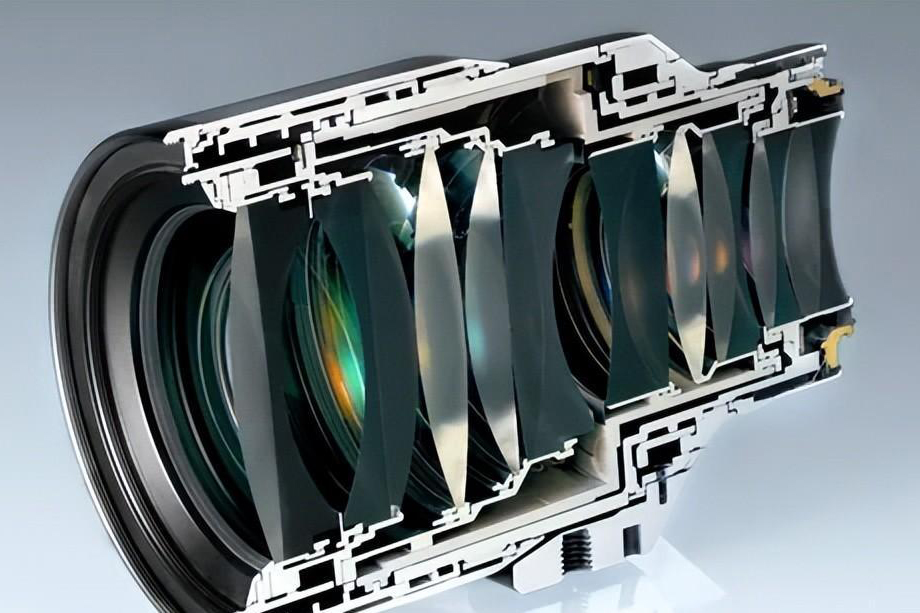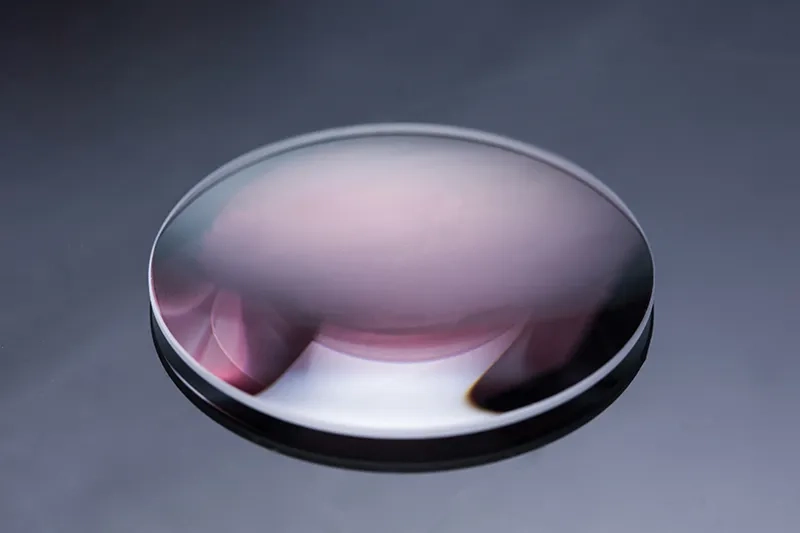Absorptive optical filter glass
Classification:
Product Introduction
A filter is a type of optical filter. It can filter out unwanted spectral components or interfering light in the incident light, reduce interference components in the background, improve the contrast of the target to the background, and thus improve the signal-to-noise ratio of the system.
There are two working principles of filters: one is to utilize the intrinsic absorption of materials; the other is to utilize the interference effect of light. According to different principles, they can be divided into two types: absorption filters and interference filters.
Filters have a wide range of applications. They are widely used in photography. Why are the main scenes in landscape paintings taken by some photography masters always so prominent? This is achieved by using filters. For example, if you want to take a picture of a yellow flower with a camera, and the background is blue sky and green leaves, if you take it normally, you cannot highlight the theme of "yellow flower", because the image of the yellow flower is not prominent enough. However, if a yellow filter is placed in front of the lens to block some of the green light scattered by the green leaves and the blue light scattered by the blue sky, while allowing a large amount of yellow light scattered by the yellow flower to pass through, the yellow flower will appear very obvious, highlighting the theme of "yellow flower".
Its main feature is that the size can be made quite large. Thin-film filters generally transmit longer wavelengths and are often used as infrared filters. The latter is formed on a certain substrate by vacuum deposition, alternately forming metal-dielectric-metal films or all-dielectric films with a certain thickness of high refractive index or low refractive index, forming a low-order, multi-stage cascaded solid Fabry-Perot interferometer. The choice of film material, thickness, and cascading method is determined by the required center wavelength and transmission bandwidth λ.
· 60+ types of optical filter glass materials are in stock
· No minimum order quantity for standard and custom sizes
· Build-to-print and full custom services
· Rapid prototyping
Key words:
Lens series
Prism and flat sheet
Previous Page
Next Page

Any more questions?
DuChuang photoelectric service for you!
Related Products
Laser splitting components include gratings, laser cube prisms, laser polarization cube prisms, and harmonic separators.
Imaging lenses are crucial components in optical systems, responsible for capturing and recording images. Through a combination of lenses, they gather light emitted from external objects and project a clear image onto an image sensor. The performance and design of imaging lenses directly impact the quality and clarity of the image.
Optical coating refers to the process of depositing a single or multiple layers of metallic or dielectric thin films onto the surface of optical components. The purpose of coating optical components is to reduce or increase light reflection, beam splitting, color separation, filtering, polarization, etc. Common coating methods include vacuum deposition (a type of physical deposition) and chemical deposition.
Absorptive optical filter glass
A filter is an optical filter. It can filter out unwanted spectral components or interfering light in the incident light, reduce interference components in the background, improve the contrast of the target to the background, and thus improve the signal-to-noise ratio of the system.
Copyright©2025 Nanyang DuChuang Optoelectronic Technology Co., Ltd.





